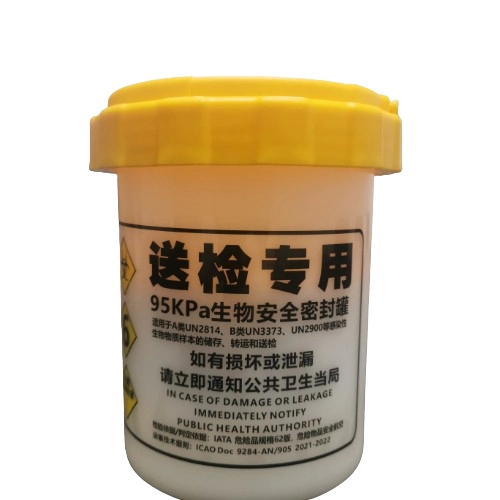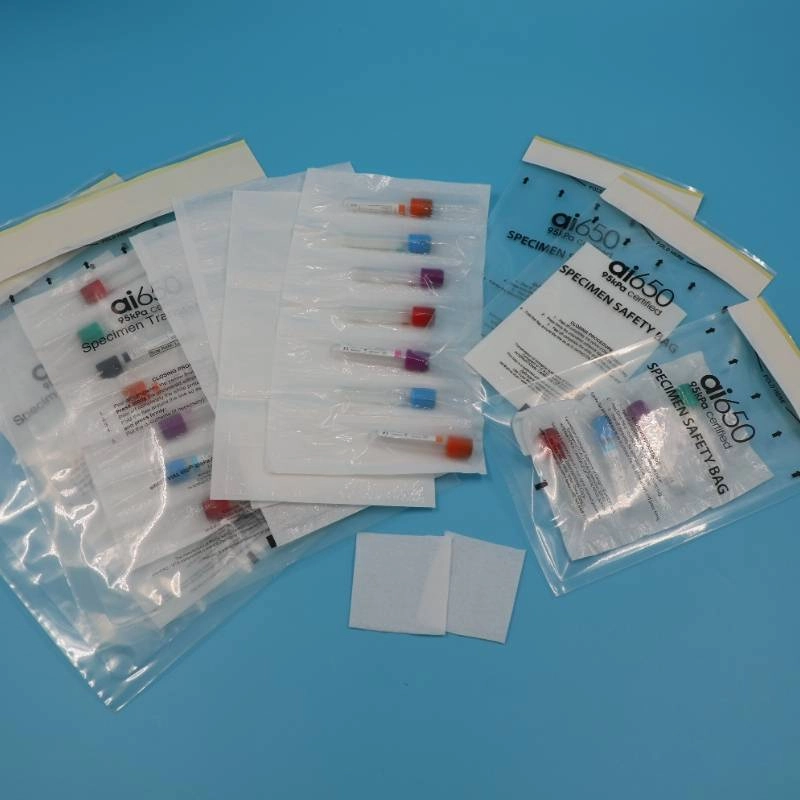Emerging Trend: Disposable Biocompatible Materials in Medical Device Manufacturing
Release time: 2025-02-19
In the ever-evolving landscape of medical device manufacturing, one trend that stands out prominently is the increasing reliance on disposable biocompatible materials. This shift isn’t just a minor adjustment; it represents a significant leap forward in ensuring patient safety, enhancing the efficiency of medical procedures, and reducing the risk of cross-contamination. As we delve into this topic, it becomes evident that these materials are not merely a passing fad but a cornerstone for the future of healthcare.
Understanding Biocompatibility
Biocompatibility refers to the ability of a material to perform with an appropriate host response in a specific situation. In simpler terms, it means that the material used in medical devices should not cause any adverse reaction when introduced into the body. This property is crucial because medical devices often come into direct contact with tissues, blood, or other body fluids. Materials that are not biocompatible can trigger immune responses, leading to complications such as inflammation, infection, or even toxicity. Therefore, selecting the right biocompatible material is paramount in designing safe and effective medical devices.
The Rise of Disposable Medical Devices
Disposable medical devices have gained immense popularity over the past few decades. Unlike reusable devices, which require stringent sterilization processes between uses, disposable devices are intended for single use and are then discarded. This approach significantly reduces the risk of transmitting infections from one patient to another, a concern that has become even more pressing in light of global health challenges like the COVID-19 pandemic. Moreover, disposable devices eliminate the need for complex cleaning and maintenance procedures, saving time and resources in healthcare settings.
Advantages of Disposable Biocompatible Materials
Enhanced Patient Safety
One of the primary advantages of using disposable biocompatible materials is the enhancement of patient safety. Since these materials are designed for single use, they minimize the risk of cross-contamination and infection transmission. For instance, disposable gloves, syringes, and catheters ensure that each patient receives a sterile device, thereby reducing the likelihood of hospital-acquired infections.
Improved Efficiency
Disposable medical devices streamline healthcare workflows by eliminating the need for sterilization cycles. This not only saves time but also allows healthcare professionals to focus more on patient care rather than preparing equipment. Additionally, the convenience of disposable devices makes them ideal for emergency situations where time is of the essence.
Cost-Effectiveness
While the initial cost of disposable medical devices may seem higher compared to reusable ones, the overall cost-effectiveness becomes apparent when considering the expenses associated with sterilization, maintenance, and potential complications from reuse. Disposable devices reduce the need for costly sterilization equipment and personnel, making them a more economical choice in the long run.
Innovation and Versatility
The development of advanced biocompatible materials has opened up new possibilities for innovation in medical device design. These materials can be tailored to meet specific clinical needs, offering improved performance and functionality. For example, biodegradable polymers are being used in wound dressings that slowly break down over time, reducing the need for frequent dressing changes and promoting faster healing.
Challenges and Future Directions
Despite their numerous benefits, the widespread adoption of disposable biocompatible materials also faces some challenges. One major concern is the environmental impact of disposable medical waste. The sheer volume of single-use devices generates significant amounts of plastic and other non-biodegradable materials, posing a threat to the environment. To address this issue, researchers are exploring sustainable alternatives, such as biodegradable polymers and recyclable materials, that can maintain the necessary biocompatibility properties while minimizing environmental harm.
Another challenge lies in ensuring the consistent quality and performance of disposable medical devices. Given their single-use nature, there is a higher demand for these products, necessitating rigorous quality control measures during manufacturing. Manufacturers must adhere to strict regulatory standards to guarantee that each device meets the required safety and efficacy criteria.
Looking ahead, the future of disposable biocompatible materials in medical device manufacturing appears promising. With ongoing research and development efforts, we can expect to see further advancements in material science that will lead to even more innovative and sustainable solutions. From smart materials that can change properties based on physiological conditions to 3D-printed disposable devices tailored to individual patients, the possibilities are endless.
The emergence of disposable biocompatible materials marks a significant milestone in the field of medical device manufacturing. These materials offer unparalleled advantages in terms of patient safety, efficiency, and cost-effectiveness, making them an integral part of modern healthcare delivery. While challenges remain, particularly concerning environmental sustainability and quality control, continued innovation and collaboration among stakeholders will pave the way for a future where disposable medical devices play a vital role in improving patient outcomes and revolutionizing healthcare as we know it.


